Afghan women, girls fear return to 'dark days' as Taliban push closer to Kabul
Issued on: 14/08/2021 -

A social worker addresses the Afghan women gathered at a hall in Kabul on August 2, 2021, against the claimed human rights violations on women by the Taliban regime in Afghanistan. © Sajjad Hussain, AFP
Text by:Nicole TRIAN
The Taliban’s rapid-fire advance through Afghanistan has left women and girls, a whole generation of whom have grown up with rights and freedoms, among the most vulnerable. Now they stand to lose those hard-won gains as the Taliban look poised to march on Kabul.
As the Taliban continue their dramatic sweep through Afghanistan's biggest cities and provincial areas, with two-thirds of the country now under their control and the capital Kabul in their sights, women and girls are among the most vulnerable.
Afghan women have been targeted for speaking out against attacks by the Taliban or simply for holding positions of authority.
Since the start of 2021, civilian deaths have risen by almost 50 percent with more women and children killed and wounded in Afghanistan than in the first six months of any year since records began in 2009, the UN reported in July.
The Afghan government has blamed most targeted killings on the Taliban, who deny carrying out assassinations.
If the Islamist insurgents conquer the capital, many fear a disintegration of women’s rights, with the Taliban overturning the freedoms gained during the 20 years since US-led forces helped oversee the country’s transition to democracy.
"The Taliban will regress freedom at all levels and that is what we are fighting against," an Afghan government spokesperson told Reuters on August 13.
"Women and children are suffering the most and our forces are trying to save democracy. The world should understand and help us."
'Our world collapses'
As city after city falls into the hands of Islamist insurgents, those pleas for help may be too late. Numerous reports have emerged of the Taliban going door-to-door, drafting lists of women and girls aged between 12 and 45 years who are then forced to marry Islamist fighters. Women are being told they cannot leave home without a male escort, can no longer work or study or freely choose the clothes they want to wear. Schools, too, are being closed.
For a whole generation of Afghan women who entered public life – the lawmakers, journalists, local governors, doctors, nurses, teachers and public administrators – there's much to lose. While they strove, working alongside male colleagues and in communities unused to seeing women in positions of authority, to help build a democratically-run civil society, they also hoped to open up opportunities for later generations of women to succeed them.
Zahra, 26, is among the many young women who fear their education and ambitions will come to nothing. She watched Thursday evening as the Taliban flooded her hometown of Herat, Afghanistan’s third-largest city, and hoisted their white flags emblazoned with an Islamic declaration of faith.
“I am in big shock,” said Zahra, who works for a non-profit organisation to raise awareness for women, told AP. “How can it be possible for me as a woman who has worked so hard and tried to learn and advance, to now have to hide myself and stay at home?”
Zahra stopped going to the office a month ago, as the Taliban neared, and began working remotely from home. But since Thursday she has been unable to work.
Many other educated Afghan women have taken to social media to appeal for help and express their frustration.
"With every city collapsing, human bodies collapse, dreams collapse, history and future collapse, art and culture collapse, life and beauty collapse, our world collapse," Afghan photographer Rada Akbar wrote on Twitter.
Farkhunda Zahra Naderi, a former lawmaker and senior UN advisor to Afghan President Ashraf Ghani and now member of the Afghanistan’s High Council for National Reconciliation, has watched as her country opened up over the 20 years to become part of the global community.
“My greatest fear is now they are marginalising women who have been working in these leadership positions, who have been a strong voice against the most powerful abusers but also working with them to change the situation on the ground,” she said in an interview with Bloomberg. If they eliminate these leaders, she asks, who will be left to speak up for women and defend the gains made over the last 20 years?
Taliban leaders repeatedly made assurances in talks with Western and other leaders, which ultimately failed this month in Doha, that women would continue to have equal rights in accordance with Islamic law, including the ability to work and be educated. But in cities overrun by Taliban insurgents, women are already losing their jobs to men.
Women employees at two bank branches, one in Kandahar and the other in the city of Herat, were harassed and castigated by Taliban gunmen in July. The gunmen escorted the women to their homes and told them not to return to their jobs, which would go to male relatives instead.
"It's really strange to not be allowed to get to work, but now this is what it is," Noor Khatera, a 43-year-old woman who had worked in the accounts department of the bank told Reuters.
"I taught myself English and even learned how to operate a computer, but now I will have to look for a place where I can just work with more women around."
Women under Taliban rule
When the fundamentalist group ruled Afghanistan from 1996 to 2001 they imposed Sharia law, a strict interpretation of Islamic law which meant women could not work, girls were banned from attending school and women had to cover their faces in public and always be accompanied by a male relative if they wanted to leave their homes.
Women who broke the rules sometimes suffered humiliation and public beatings by the Taliban's religious police. The Taliban also carried out public executions, chopped off the hands of thieves and stoned women accused of adultery.
Reporters: Life in Taliban country

Taliban insurgents are fast closing in on the Afghan capital, Kabul. © FRANCE 24 screengrab
So far there have been no reports of such extreme measures in the areas the Taliban have captured. But the many recently reported incidents of the Taliban’s treatment of women and girls suggest they intend to revert to governing as they once had.
‘Bleak’ future for students
Victoria Fontan, vice president of the American University of Afghanistan told FRANCE 24 that the situation for Afghan women and girls is very bleak, especially those who are students.
Professor Fontan said some of her own female students were holed up in the cities of Kandahar and Herat, which were seized by the Taliban.
So far there have been no reports of such extreme measures in the areas the Taliban have captured. But the many recently reported incidents of the Taliban’s treatment of women and girls suggest they intend to revert to governing as they once had.
‘Bleak’ future for students
Victoria Fontan, vice president of the American University of Afghanistan told FRANCE 24 that the situation for Afghan women and girls is very bleak, especially those who are students.
Professor Fontan said some of her own female students were holed up in the cities of Kandahar and Herat, which were seized by the Taliban.
“Life is very difficult for them,” she said. “Are they going to be able to continue studying online or not? Telecommunications is going to be quite a key strategy for the Taliban and so for [the students] their only lifeline is the internet, so they’re extremely worried they’re going to be confined to their houses and no longer able to study.”
But some, like Marianne O’Grady, deputy country director for Care International in Kabul, are more optimistic. She believes the achievements of women over the past two decades will be difficult to erase, even if the Taliban succeed in their takeover.
“You can’t uneducate millions of people,” she told AP. If women “are back behind walls and not able to go out as much, at least they can now educate their cousins and their neighbours and their own children in ways that couldn’t happen 25 years ago".
Many women, though, are choosing to flee. Nearly 250,000 Afghans have fled their homes since the end of May, 80 percent of them women and children, according to the UN refugee agency.
Ghani on Saturday broke days of silence to address his fellow citizens, saying his main responsibility now was to prevent any more destruction and instability.
But Ghani’s message will ring hollow for Afghan women who are already witnessing reprisals and a reversal of freedoms they once enjoyed.
In the days of Taliban rule, Zarmina Kakar, a 26-year-old women's rights activist from Kabul, remembered a time when her mother took her out to buy ice cream and was whipped by a Taliban fighter for momentarily exposing her face.
“Today again, I feel that if the Taliban come to power, we will return back to the same dark days,” she told AP.
(with REUTERS and AP)
VIDEO 37:46
As the Taliban make rapid gains in Afghanistan, women in the country are concerned about their future. An Afghan women's rights activist told DW her life may be in danger if the Islamist militants attack Kabul.
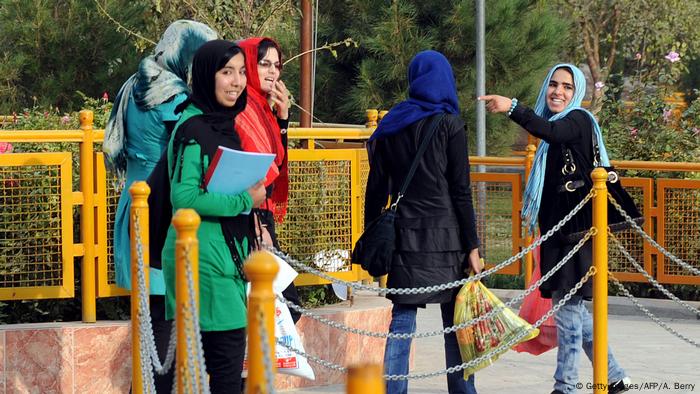
Freedoms for Afghan women
WILL be dramatically restricted if the Taliban take control
As the Taliban continue to capture major Afghan cities such as Herat and Kandahar, many women in Afghanistan are concerned about their future under Islamist fundamentalist rule should the group take over the country.
Afghan women's rights activist Mariam Atahi told DW on Friday that she is afraid the Taliban "will come and kill me" if the Taliban launch an offensive on Kabul, Afghanistan's capital and largest city.
She said she fears punishment from the Taliban "because for the last 20 years, I advocated for women's rights," going against Taliban "ideologies and thoughts."
"People are stressing out that tomorrow night or the night after tomorrow, the Taliban will take Kabul and they are going to go back to the same situation as they were in 1996," Atahi said. "Afghan women especially, who have gone through so much during the Taliban regime, are scared about what will happen."
What was life like for Afghan women under Taliban rule?
The Taliban previously ruled Afghanistan from 1996 to 2001, and imposed strict rules on women during that period. Women were unable to work or be in contact with men other then blood relatives, and had to wear a burqa while out in public.
If women violated the rules, they could face severe punishments from the Taliban, such as imprisonment, torture or even death. Women were often publicly flogged or executed during the Taliban's rule of Afghanistan.
Atahi said women under renewed Taliban occupation are witnessing the same types of restrictions, and added that the "situation is not good" in Taliban-controlled areas.
"There is a lot of war, women are not allowed to go to school and … they have been asked to wear the hijab and burqa," she said.
'Taliban 2.0 is exactly the same as the earlier version'
News agency Reuters reported Friday that Taliban insurgents stormed the offices of Azizi Bank in the southern city of Kandahar in early July, and ordered nine women working there to leave.
Atahi collects stories from women in rural areas of the country, and said they share her fears.
She said the women she is helping are afraid that the Taliban will come and "check home by home asking us to be accountable for what we have done during the past 14 years."
Kabul professor: 'Morale is really low' among Afghan women
Victoria Fontan, a professor of conflict studies at the American University of Kabul, told DW that "morale is really low" among Afghan women.
"They're apprehensive about the future, about their capacity to continue studying, to continue being part of our society," Fontan said. "For them, it's a really difficult time because they fear that Afghanistan is being set back for many years to come, maybe 10, 15 years."
PAKISTAN: HOW ISLAMIST MILITANCY WRECKED A TRIBAL WOMAN'S LIFEA hard lifeLife is hard for Pakistan's tribal women. For Baswaliha, a 55-year-old widow, life became even more painful after she lost her son in 2009, and her husband in 2010 — both in terrorist attacks. Baswaliha lives in Galanai, a town in the tribal Mohmand district that shares a border with Afghanistan. The area was hit hard by the Taliban insurgency following the 2001 US invasion of Afghanistan. 1234567
During the Taliban's five-year reign in Afghanistan, girls and women were almost completely prohibited from receiving an education.
A report published by Human Rights Watch in June 2020 found that although the Taliban officially claim it is no longer against education for girls, very few Taliban officials actually allow girls to go to school past puberty.
Human rights group Amnesty International has also previously reported that the vast majority of marriages in Afghanistan were forced during the Taliban era.
International organizations have sounded the alarm about the rollback of women's rights in the country, with UN Secretary-General Antonio Guterres on Friday saying he is "horrified" about restrictions in Taliban-controlled areas.
"It is particularly horrifying and heartbreaking to see reports of the hard won rights of Afghan girls and women being ripped away," Guterres told journalists.
Taliban advances come amid US pullout
The Taliban's advances come after President Joe Biden ordered an end to the US combat mission in Afghanistan, with the remainder of US troops due to pull out by August 31.
The US invaded Afghanistan in 2001 in pursuit of al-Qaida, the jihadist group behind the 9/11 terrorist attacks. The US-backed "Northern Alliance" ousted the Taliban from power during the invasion, with the US and NATO allies then working for two decades to train Afghan government forces to maintain security in the country.
US Senate Minority Leader Mitch McConnell said Friday that it is not too late to keep the Taliban from "overrunning Kabul" and called on the Biden administration to order airstrikes to stop the group from advancing further.
Frontline of fear: Afghan teen press-ganged by the Taliban
GUNFODDER BY DAY DANCING BOYS AT NIGHT
Issued on: 15/08/2021 - 04:12

Issued on: 15/08/2021 - 04:12

The Taliban have been press-ganging youths like Abdullah to be used as cannon fodder in their offensives across Afghanistan Wakil KOHSAR AFP
Kabul (AFP)
Hours after the Taliban overran his hometown in northern Afghanistan last week, 17-year-old Abdullah was forced to ferry rocket-propelled grenades up a nearby hill –- an unwilling and terrified insurgent recruit.
Abdullah said he was out on the streets of Kunduz when members of the Taliban stopped him.
The insurgents also snatched another 30 to 40 youth, some of them boys as young as 14, from outside a madrassa (Islamic school), he said.
"They asked us to take up arms and join their ranks," Abdullah said. "And when our parents came to ask for our release, they threatened them with weapons."
The Taliban have virtually overrun the country following a lightning offensive -- supported in part by press-ganging youths like Abdullah to be used as cannon fodder.
Abdullah said the insurgents strapped a 20-kilogramme (44-pound) bag of RPGs onto his back, shoved a box of ammunition into each of his hands and forced him to march.
The ordeal lasted three hours before his family was able to barter his release.
But as they prepared to flee, the insurgents came back for him and others.
"They were beating us. I still have the marks," he said.
An hour later, he said he was given an assault rifle and pushed into action -- ordered to help attack a police garrison.
"I was shaking, I couldn't hold my gun," said Abdullah, his face flushed with teenage acne.
The Afghan government forces fought back furiously.
"Three or four boys who were carrying weapons were hit and died when their bags exploded," Abdullah said.
"One Taliban fighter was killed, another lost a leg and an arm."
- 'I was in shock' -
Abdullah saw his chance to escape when half of the Taliban fighters in his group had been killed or wounded.
He laid down his gun and ran, taking an hour to get home.
"I was in shock," he said.
His family was in the throes of their own escape, preparing to seek safety in the capital Kabul. They had borrowed money and pawned off their belongings.
"We didn't take anything with us. We even sold our food," Abdullah said.
After a 15-hour journey, Abdullah, his parents, his grandfather, and his brothers and sisters reached Kabul.
Since then, they have been sleeping under a tent in a park in a northern suburb where they spoke with AFP.
Their only possessions are what they could carry.
Abdullah said his stomach still hurts from where the Taliban fighters hit him with the butt of their guns as he resisted being press-ganged.
He now dreams of getting out of Afghanistan.
But when he was held hostage by the Taliban, Abdullah said he was mostly terrified for his family.
"I was thinking about my parents," he said. "I thought: 'If I am hit and killed... what will happen to them?'"
© 2021 AFP
Kabul (AFP)
Hours after the Taliban overran his hometown in northern Afghanistan last week, 17-year-old Abdullah was forced to ferry rocket-propelled grenades up a nearby hill –- an unwilling and terrified insurgent recruit.
Abdullah said he was out on the streets of Kunduz when members of the Taliban stopped him.
The insurgents also snatched another 30 to 40 youth, some of them boys as young as 14, from outside a madrassa (Islamic school), he said.
"They asked us to take up arms and join their ranks," Abdullah said. "And when our parents came to ask for our release, they threatened them with weapons."
The Taliban have virtually overrun the country following a lightning offensive -- supported in part by press-ganging youths like Abdullah to be used as cannon fodder.
Abdullah said the insurgents strapped a 20-kilogramme (44-pound) bag of RPGs onto his back, shoved a box of ammunition into each of his hands and forced him to march.
The ordeal lasted three hours before his family was able to barter his release.
But as they prepared to flee, the insurgents came back for him and others.
"They were beating us. I still have the marks," he said.
An hour later, he said he was given an assault rifle and pushed into action -- ordered to help attack a police garrison.
"I was shaking, I couldn't hold my gun," said Abdullah, his face flushed with teenage acne.
The Afghan government forces fought back furiously.
"Three or four boys who were carrying weapons were hit and died when their bags exploded," Abdullah said.
"One Taliban fighter was killed, another lost a leg and an arm."
- 'I was in shock' -
Abdullah saw his chance to escape when half of the Taliban fighters in his group had been killed or wounded.
He laid down his gun and ran, taking an hour to get home.
"I was in shock," he said.
His family was in the throes of their own escape, preparing to seek safety in the capital Kabul. They had borrowed money and pawned off their belongings.
"We didn't take anything with us. We even sold our food," Abdullah said.
After a 15-hour journey, Abdullah, his parents, his grandfather, and his brothers and sisters reached Kabul.
Since then, they have been sleeping under a tent in a park in a northern suburb where they spoke with AFP.
Their only possessions are what they could carry.
Abdullah said his stomach still hurts from where the Taliban fighters hit him with the butt of their guns as he resisted being press-ganged.
He now dreams of getting out of Afghanistan.
But when he was held hostage by the Taliban, Abdullah said he was mostly terrified for his family.
"I was thinking about my parents," he said. "I thought: 'If I am hit and killed... what will happen to them?'"
© 2021 AFP
SEE
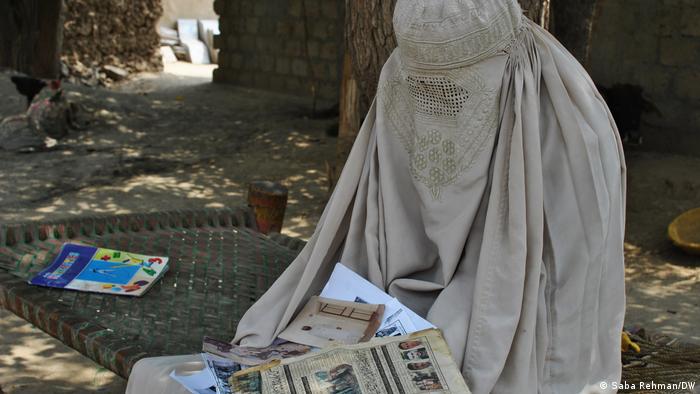

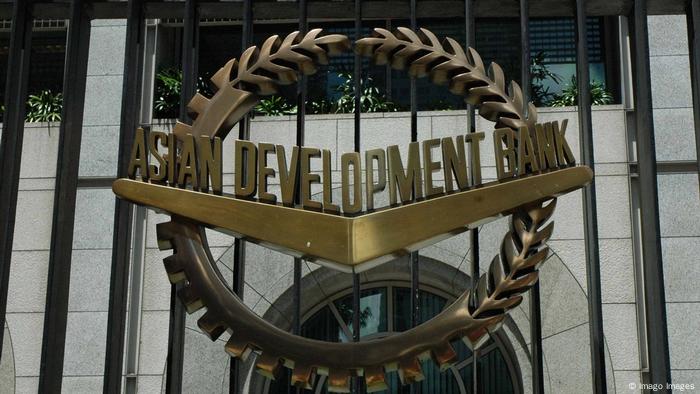
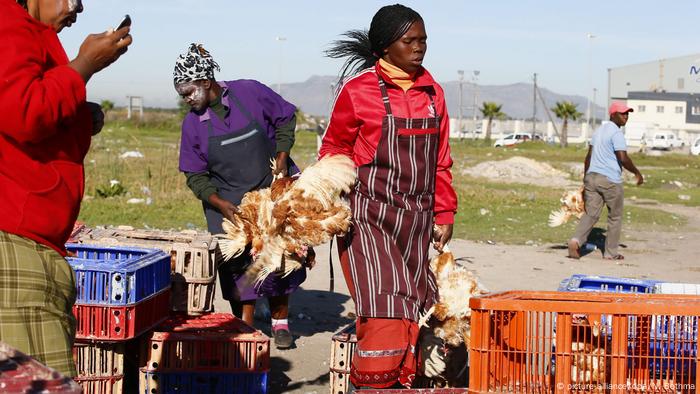
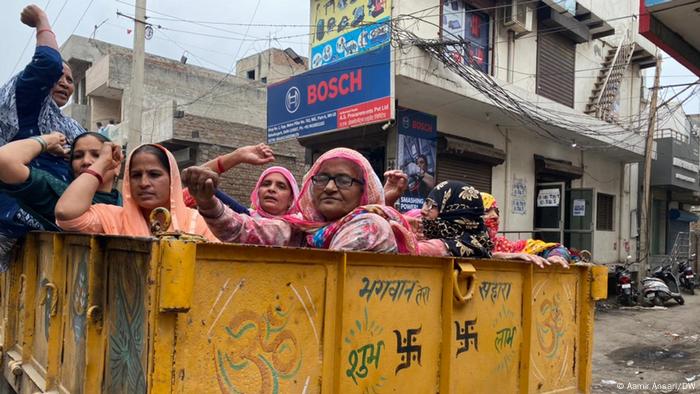
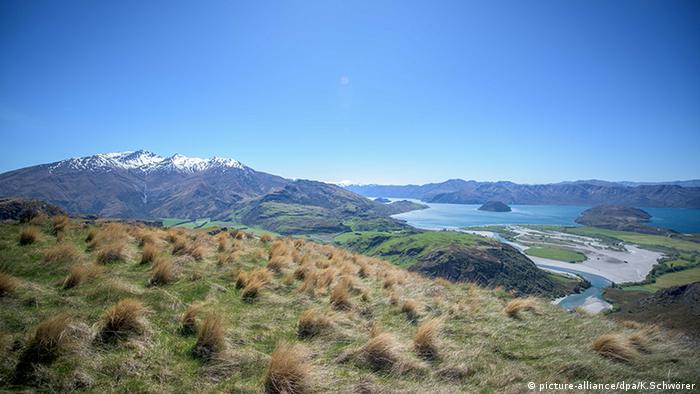
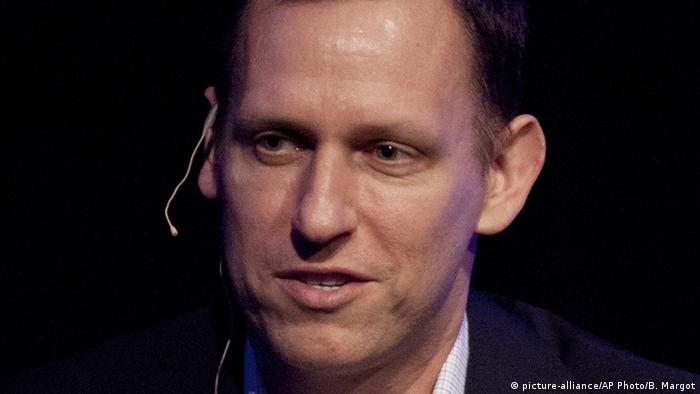
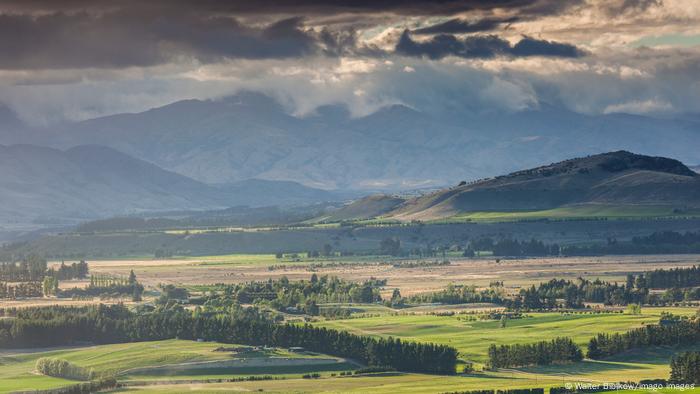

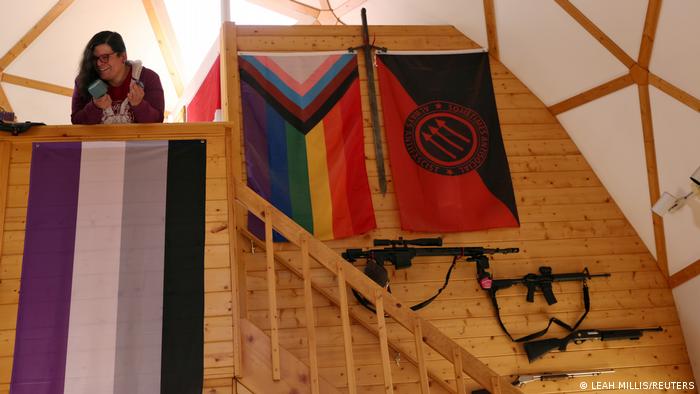
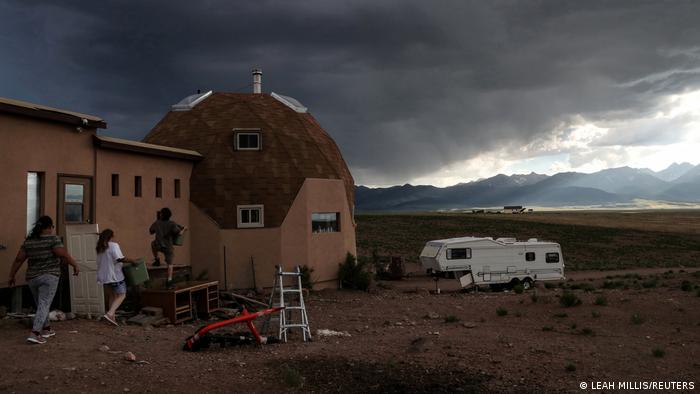

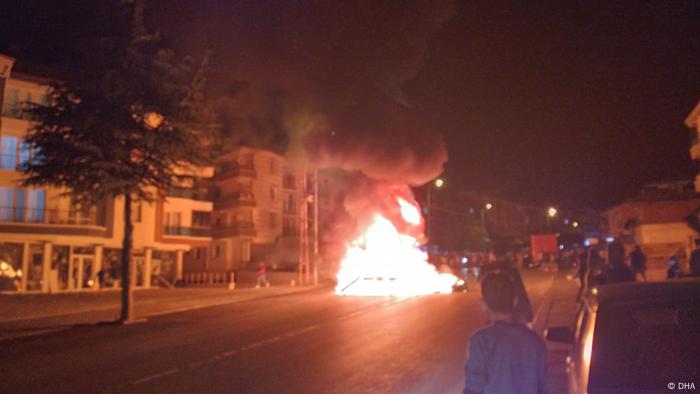
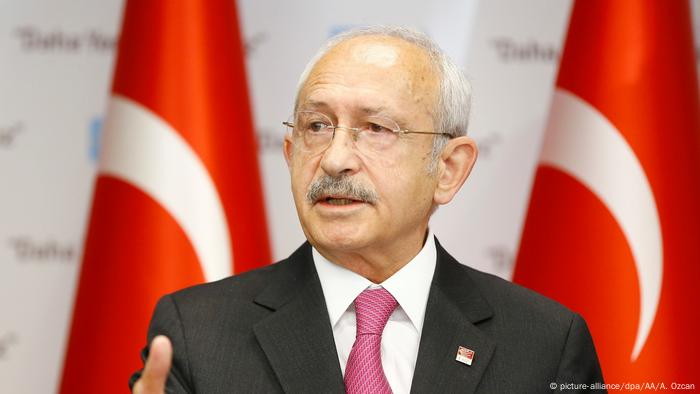




 A Tigrayan refugee places a makeshift cross on the banks of the Setit River bordering Ethiopia ASHRAF SHAZLY AFP
A Tigrayan refugee places a makeshift cross on the banks of the Setit River bordering Ethiopia ASHRAF SHAZLY AFP





 Two centuries ago, the Postojna cave system, the longest in Europe, was unearthed by an amateur enthusiast Jure Makovec AFP
Two centuries ago, the Postojna cave system, the longest in Europe, was unearthed by an amateur enthusiast Jure Makovec AFP
 The medieval Predjama castle was built in a cave mouth to make access difficult and provide an escape route through a shaft in the rock face Jure Makovec AFP
The medieval Predjama castle was built in a cave mouth to make access difficult and provide an escape route through a shaft in the rock face Jure Makovec AFP
